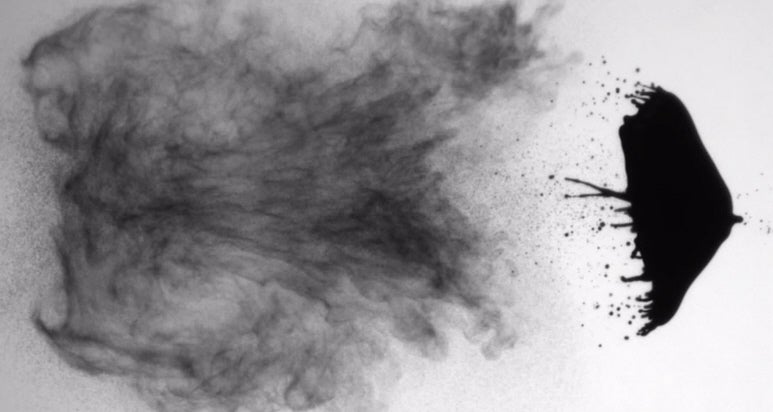Video: Laser Beam Makes Falling Droplets Explode
In slow motion


In mere fractions of a second, a laser turns a millimeter-sized droplet of liquid into a constellation of tiny fragments. Captured at 20,000 frames per second by a team of researchers from the University of Twente in the Netherlands, “Laser Impact On A Drop” is violently beautiful.
Here’s now the researchers describe the experiment:
That’s cool, but better semiconductors seems both important and the least exciting use of this technology possible. What we really want to know: If this is scaled up enough, can it reduce an Alderaan-sized planet into so much space dust?
